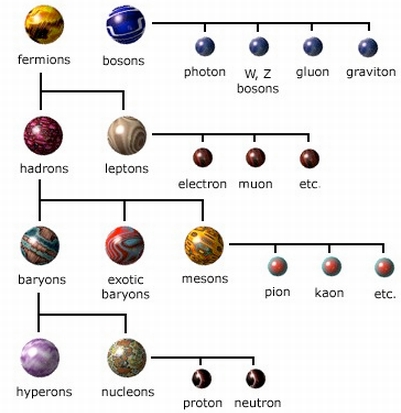Since Brahman is pure undifferentiated knowledge in advaitam, and brahman's essential nature is veiled by veiling nescience(avidya), causing it to observe pluralities in itself. Veiling means elimination of light, as advaitins do not admit an attriibutive light distinct from the substantive nature of brahman, and this substantive nature of brahman is the light of knowledge, the postulated elimination of light would be the destruction of substantive nature of brahman(light here means knowledge). knowledge is eternal and light of knowledge is veiled by nescience/avidya...
If the light is concealed by nescience, concealment should take 1 of 2 forms.
1. It must obstruct the generation of light
2. It must annhilate the existing light
Since light is not subject to process like generation as per advaita, the concealment posited can be nothing but annhilation......when advaitin asserts that it is eternal and immutable, he is sayin though nescience is there nothing is concealed in brahman and in the same breath they say brahman observes plurality
It is illogical.. any counter arguments?
If the light is concealed by nescience, concealment should take 1 of 2 forms.
1. It must obstruct the generation of light
2. It must annhilate the existing light
Since light is not subject to process like generation as per advaita, the concealment posited can be nothing but annhilation......when advaitin asserts that it is eternal and immutable, he is sayin though nescience is there nothing is concealed in brahman and in the same breath they say brahman observes plurality
It is illogical.. any counter arguments?

